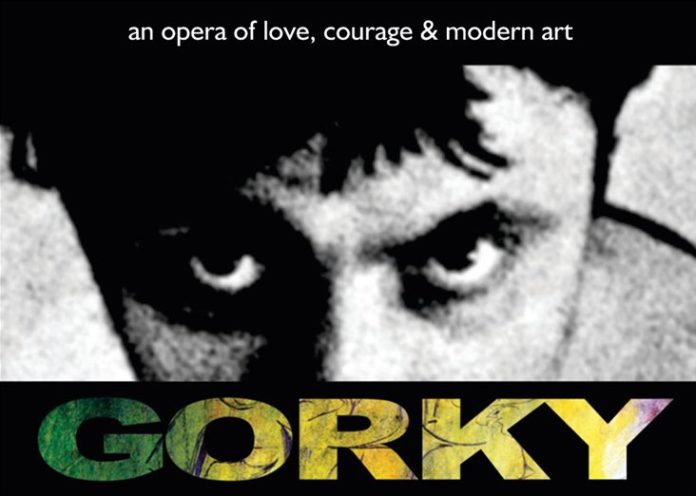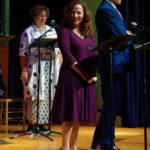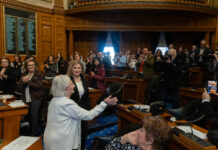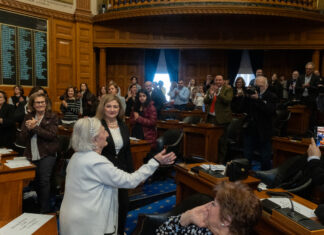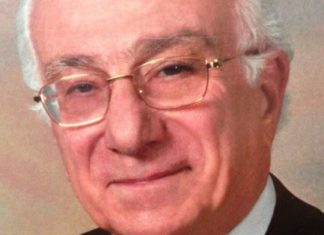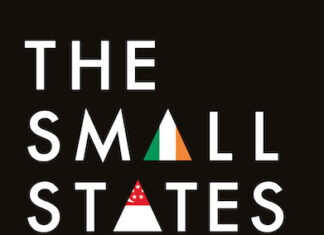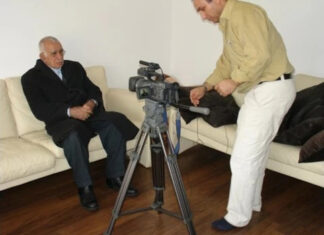By Pellegrino D’Acierno
NEW YORK — “When all the world is a virus tumble and the podcasts rumble all around, the work of the 20th century Armenian-American artist Arshile Gorky rises above. Amidst 1915’s Armenian Genocide virus of inhumanity and today’s pandemic, his art and life story bring meaning to seeking rainbows.” So says composer Michelle Ekizian of the protagonist of her forthcoming “Gorky’s Dream Garden,” an opera of love, courage and modern art inspired by Arshile Gorky (b. 1904, Van, Turkey; d, 1948, Sherman, CT).
His art is featured in this year’s Art Basel Fair. During these sequestered times, the Fair is now on-line until June 26. Hauser and Wirth’s display features a miniature landscape from Gorky’s seminal “Garden in Sochi” series of the early 1940s. There are, as well, two works of the artist’s “Nighttime,” “Enigma” and “Nostalgia” mural series dating from the early 1930’s, pastorals and drawings of the mid 1940’s.
A child survivor of the Armenian Genocide, Gorky witnessed his mother’s death by starvation in his arms during the aftermath of the Genocide in Russian occupied Yerevan. His devastations continued upon his coming to America, ultimately leading to suicide. However, as Ekizian emphasizes in her spiraling psychodrama, “The artist’s courage prevails. A surrealist and a founding father of abstract-expressionism, he created groundbreaking art. He continuously turned to memorializing his martyred mother as in his series, ‘The Portrait of the Artist and his Mother.’ He also turned to themes of the eternal garden stemming from his Ararat homeland and flying. Fortuitously, his early commissions in America’s pre-World War II 1930’s era of NYC Mayor Fiorello LaGuardia and President Roosevelt were assigned to capture the aviation industry in public murals. First, they were for airfields in New York from which his Nighttime, Enigma and Nostalgia pieces derive. These then led to murals for New Jersey’s Newark Airport. Subsequently, he was invited to create the murals for the Aviation Pavilion at the 1939 World’s Fair.”
Last season a reading of a chamber version of “Gorky’s Dream Garden,” was presented at the Newark Museum of Art which houses the two sole surviving panels of Gorky’s Newark Airport Murals.
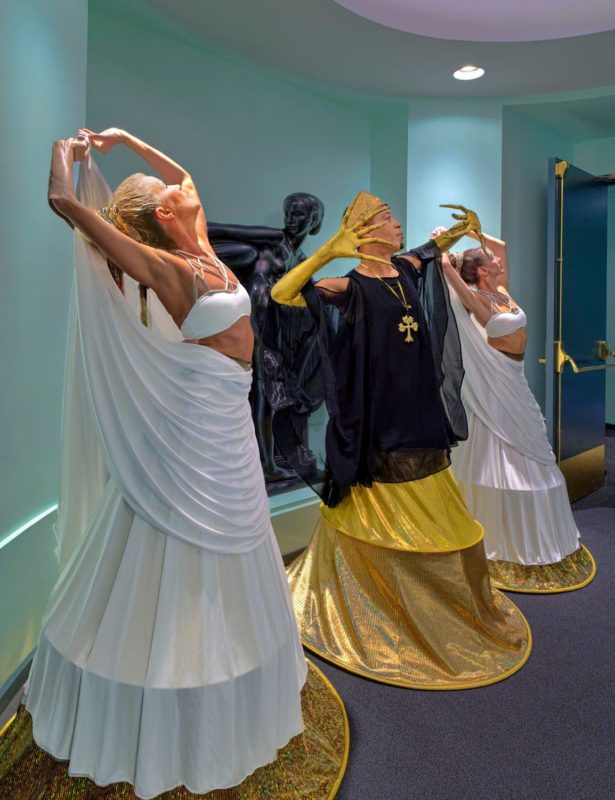
Ekizian sees a connection between at least two of the upcoming sale works. She views them as embracing the flying motif amidst connotations of the Armenian heritage: “The airplane propeller is distinctively shown in both the upcoming sale works of the Sochi miniature and one of the Nighttime studies through Gorky’s details of the pinwheel. It seems to me that the pinwheel à la Miró is not just a modernist gesture, but a carry over from Gorky’s early days in Boston shortly after his arrival in America as a late teen. There he was a parishioner of the Park Street Church where a member was an Armenian, Tegran Samour (Samourkashian), who had a toy store near by and who is credited with the manufacturing of the traditional whirligig toy known as the pinwheel. Through wonder and progressive thought, Gorky would go on to describe his vision in his aviation proposals as soaring through space yet with the immobility of suspension.”



